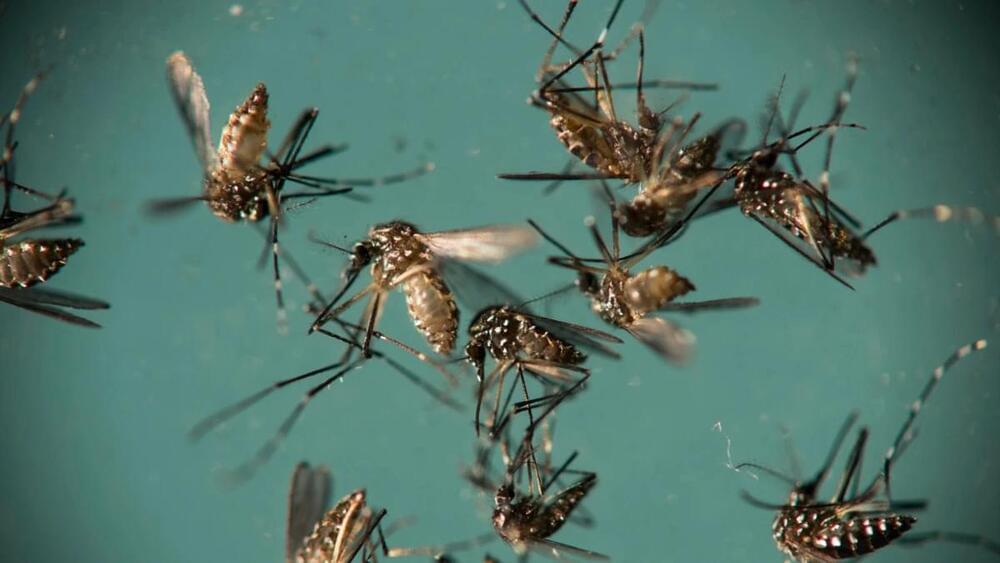Craig Montell is a professor at the University of California, Santa Barbara, who helped lead the research. He said in a statement that by removing the two eye receptors, the team was able to “eliminate CO2-induced target recognition without causing blindness.”
Female Aedes aegypti search out blood meals in humans to develop eggs. They use several different senses to find those meals. One of the main identifying tools is the smell of carbon dioxide (CO2). When a human breathes out CO2, the mosquitoes become more active and begin looking for targets to bite.
The research team said this search generally begins with the mosquito flying toward the direction of the released CO2. When seeking out targets, the insects search for dark objects. Once the mosquitoes are within close range, they can also sense heat from skin and additional skin smells to help guide them to a human.
The researchers used the CRSPR/Cas-9 gene editing method to remove two out of five light-sensing receptors in the mosquitoes’ eyes. They say taking away these receptors blocked the ability of the female Aedes aegypti to recognize dark targets.









Comments are closed.